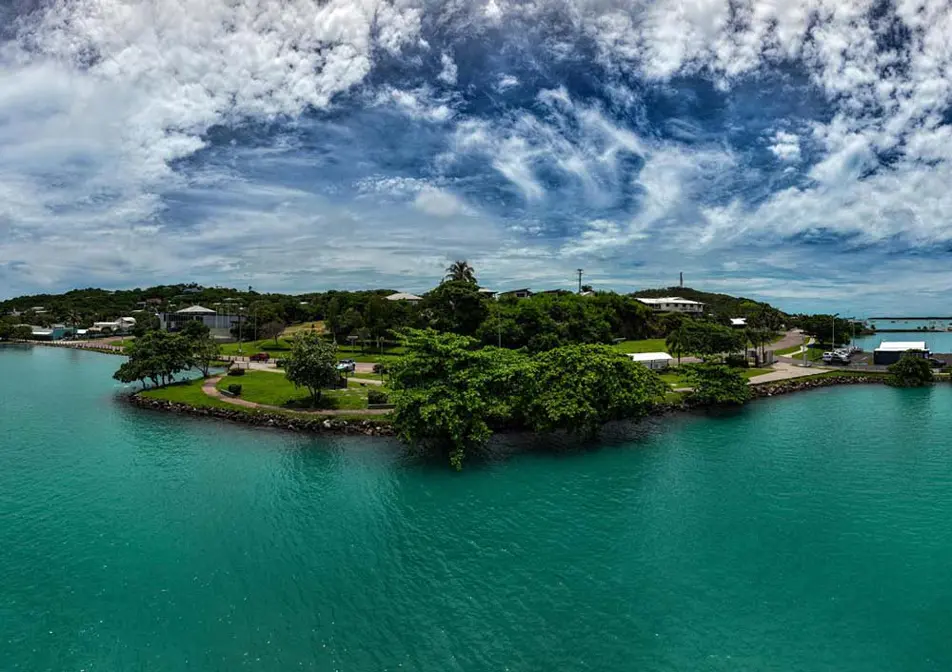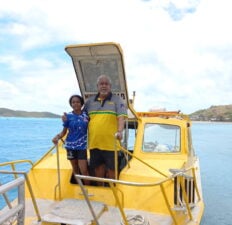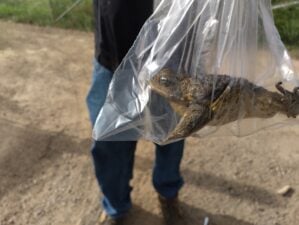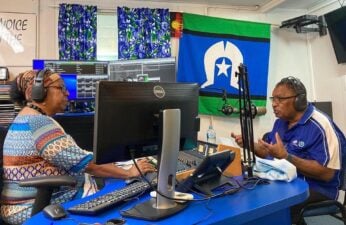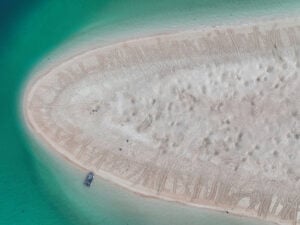Yumi pasin - yumi Ailan Kastom.
Strong in culture, unified partnerships to achieve a sustainable future.
Latest news
View AllStrengthening the Australia-Pacific family: Torres Strait welcomes Solomon Islander rangers
Read More
Events & Opportunities
View AllAbout the TSRA
As one of the most remote Australian Public Service (APS) agencies, TSRA supports programs across the region, including for 17 inhabited islands of the Torres Strait and the communities of Bamaga and Seisia on the Northern Peninsula Area of mainland Australia.
We are a statutory body and lead Commonwealth agency in the Torres Strait for Indigenous Affairs operating under the direction of a community-elected board.
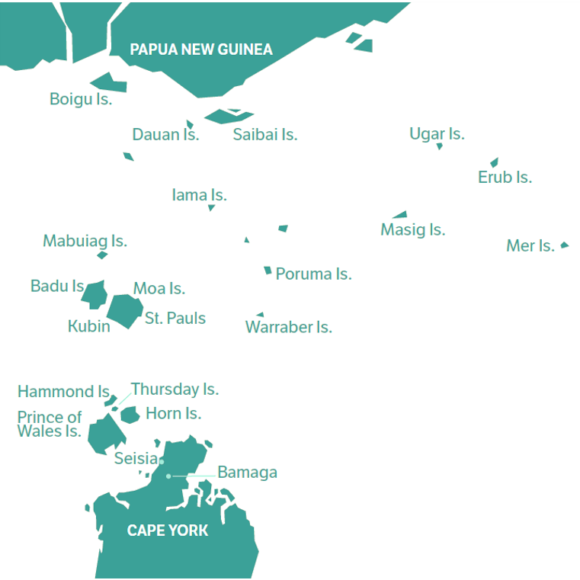
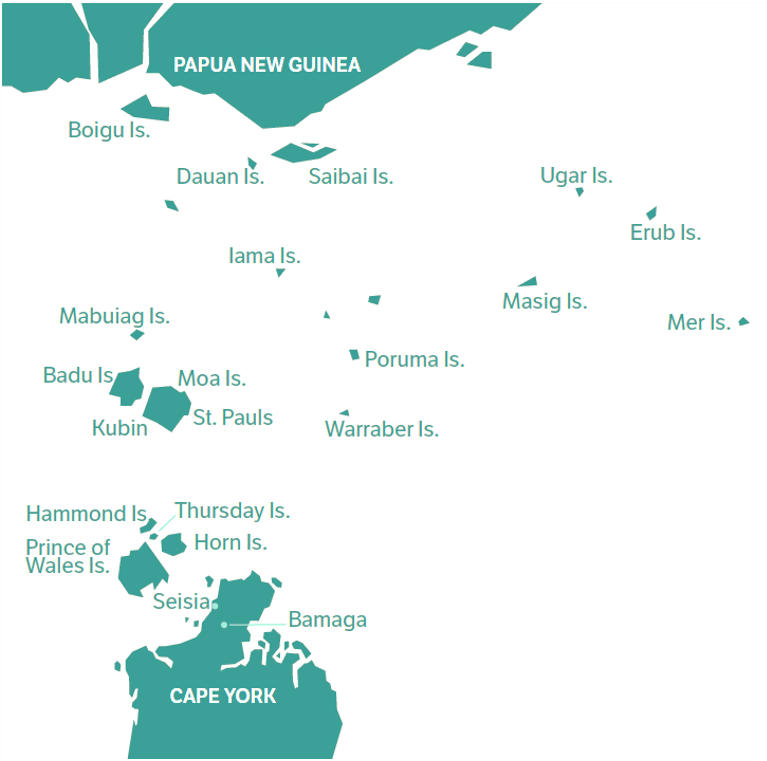
- established
- community-elected board members
- staff
- +


